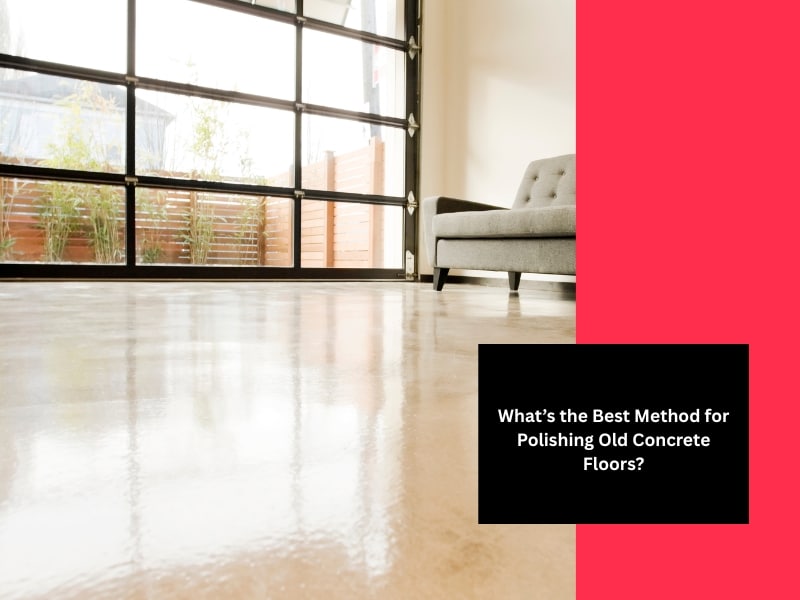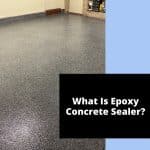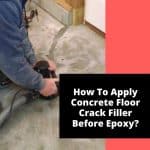Is your concrete floor looking worse for wear—but you’re not keen on tearing it up? That old slab underfoot may just need the right touch. Polishing old concrete floors isn’t about slapping on a quick fix. It takes a sharp eye, solid prep, and innovative technique. Done right, you’ll uncover a surface that looks fresh, resists wear, and lifts the look of any room. This article explores how to assess old concrete, avoid common traps, and choose the method that delivers top-tier durability and shine.
How do you assess old concrete before polishing?
Before diving in, you’ve got to know what you’re dealing with. Older slabs can hide all sorts of headaches. A proper assessment highlights risks and shapes your next move.
- Crack checks: Look for surface cracking, spalling or joint separation that could worsen with grinding, especially near load-bearing sections or expansion joints.
- Coating residue: Spot any past adhesives, sealers or epoxies that might block polish absorption, as chemical resistance can interfere with grinding depth.
- Hardness testing: Use a Mohs test or grinder pass to gauge aggregate strength and surface softness, which guides your grit progression and tooling setup.
- Moisture review: Scan for rising damp or trapped vapour that could derail results, particularly on ground slabs where moisture migration is common.
Getting a grip on your slab’s current state is key. It sets the tone for the whole process.
Why do older concrete floors need a tailored approach?
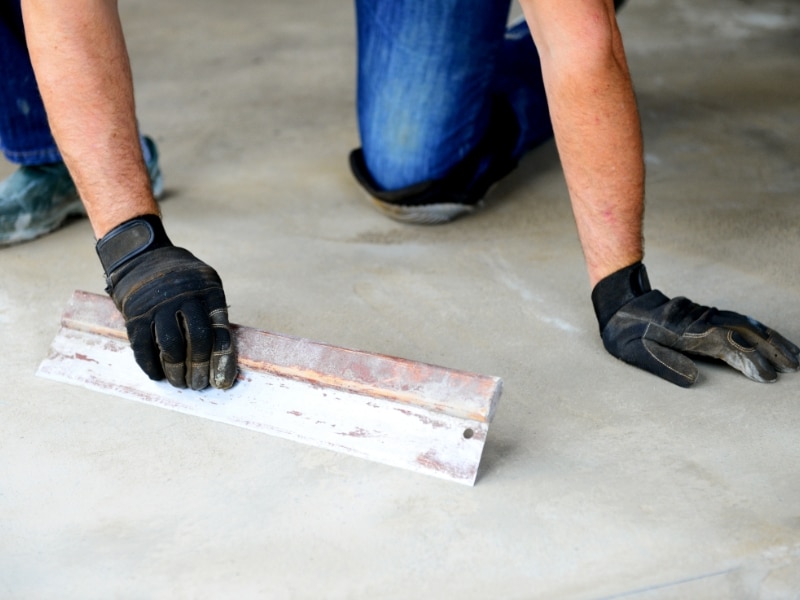
Older concrete is like a stubborn old mate—it’s got history. Uniform methods often fail because older slabs react unpredictably. Taking shortcuts will show.
- Porosity variation: Patches of differing absorption make for uneven densification or polish sheen, which can leave cloudy or patchy results across the surface.
- Material inconsistency: Aggregates, additives or slab age impact how the surface grinds or cures, which may demand tool or chemical changes midway.
- Hidden repairs: Past patching or overlays can create soft spots or colour mismatches, which become even more noticeable under high-sheen finishes.
- Wear marks: Heavy foot traffic zones often polish differently than untouched areas, making it essential to balance pressure and pad contact during each pass.
This is why older slabs often benefit from modern solutions for durable concrete slab floor performance, tailored to their specific material and wear profile. A tailored process respects the slab’s quirks. That’s how you get consistent, professional-looking results.
What happens if surface preparation is skipped?
Neglecting prep is like building on sand—it’s going to crumble. Rushing into polishing without groundwork guarantees problems later on.
- Bonding issues: Residual sealers or grime prevent mechanical adhesion of densifiers or compounds, especially in commercial zones with heavy chemical exposure.
- Visual defects: Clouding, swirl marks, or dark patches are more likely without clean grinding, and these issues often appear more pronounced under natural lighting.
- Weak durability: Undensified or unpatched concrete wears fast under traffic or moisture, breaking down faster in industrial or kitchen spaces.
- Increased cost: Reworking and correcting poor preparation wastes time and materials, often necessitating deeper cuts and multiple sealant applications.
If you’re aiming for efficient solutions for polishing old concrete floors, it starts with treating the prep phase as non‑negotiable.
How does polishing old concrete floors improve durability and shine?
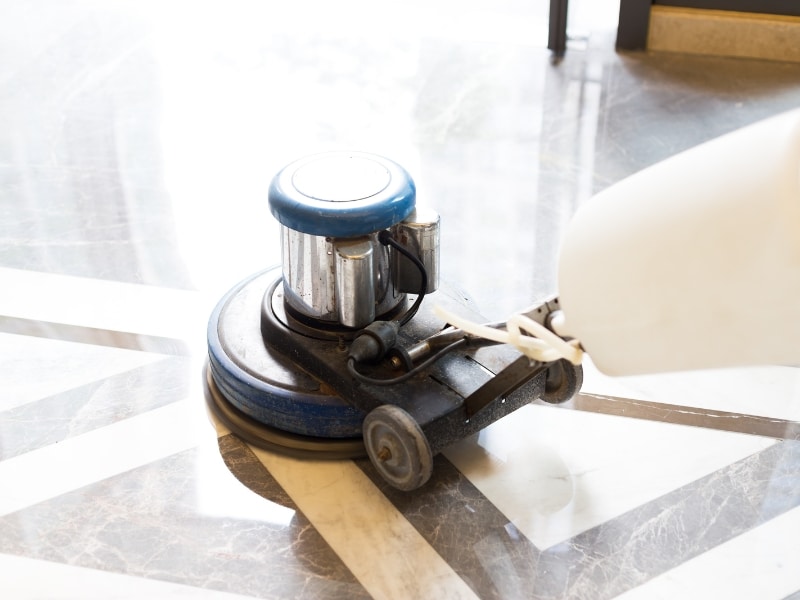
When appropriately executed, polishing doesn’t just make your floor shiny—it transforms its performance. The results last longer than many surface coatings or overlays.
- Hardens surface: Densifiers react with concrete particles to create a tougher, more wear-resistant layer, ideal for warehousing and heavy use zones.
- Seals pores: A smoother finish reduces dust and prevents water or oils from soaking in, keeping surfaces hygienic and slip-resistant.
- Boosts reflectivity: High-grit polishing increases light bounce, brightening the space and reducing reliance on artificial lighting.
- Simplifies maintenance: Sealed surfaces are easy to sweep and clean, with fewer chemical needs, helping you stick to safe, low-toxic routines.
For long-lasting results, proper finishing steps are essential, including cleaning methods for polished concrete surfaces that retain shine and performance.
Which techniques deliver the best results for aged concrete?
Choosing the right technique can make or break the outcome. Here’s what tends to work best on time-worn slabs:
- Progressive grinding: Start with 30–50 grit to remove top layers, then move through 100–1500 grit for final polish. Slower passes on higher grits yield better gloss.
- Surface densification: Apply lithium or sodium silicate densifiers to strengthen and seal before final polish, using consistent saturation and dwell time.
- Crack and pit repair: Use rapid-set fillers to address surface flaws before grinding resumes, which prevents structural faults from widening over time.
- Wet polishing method: Reduce airborne dust and control surface heat, ideal for sensitive indoor slabs or environments with air quality concerns.
Technique comparison table
Suitability | Pros | Function | Technique |
Coarse-to-fine grinding | Smooths, levels, reveals finish | Even results, low surface defects | Best for variable or patchy surfaces |
Densifier application | Surface strengthening | Long-term durability, stain resistance | Suitable for mid-to-high traffic areas |
Crack filling | Surface repair | Improves safety, aesthetic finish | Ideal for industrial, retail or home |
Wet polishing | Controlled abrasion | Dust-free grinding, better cooling | Useful for indoor or damp areas |
Pairing the proper method with the right surface ensures results that both look and last the part.
Can updating tired concrete transform your home or workspace?
Don’t underestimate the visual and functional impact of a properly finished slab. With the right finish, old concrete becomes a modern asset.
- Lift ambience: Reflective surfaces boost light and mood in commercial or living spaces, complementing open-plan or minimalist layouts.
- Lower upkeep: Polished concrete resists spills, dust and heavy wear with minimal intervention, making it perfect for family homes or high-traffic retail.
- Improve safety: Choose anti-slip finishes or add texture for wet-prone areas, improving grip around entryways, kitchens or wash zones.
- Design upgrade: Stained finishes or matte polishing align with modern, industrial, or minimalist styles and reduce visual clutter.
Even better, the floor’s durability matches its good looks. Long-term upkeep aligns well with maintenance for concrete polishing on older floors, ensuring the surface continues to perform.
Final thoughts
Old concrete doesn’t mean second-rate results. With clear assessment, prep and the proper process, any tired slab can be revived. You’ll gain floors that look sharp, resist wear, and remain easy to maintain. To explore which method fits your slab’s quirks, or how polishing might complement your workspace design, consider asking Ultimate Epoxy Floors about tailored solutions for concrete floors. Their guidance can help ensure you achieve lasting results.

